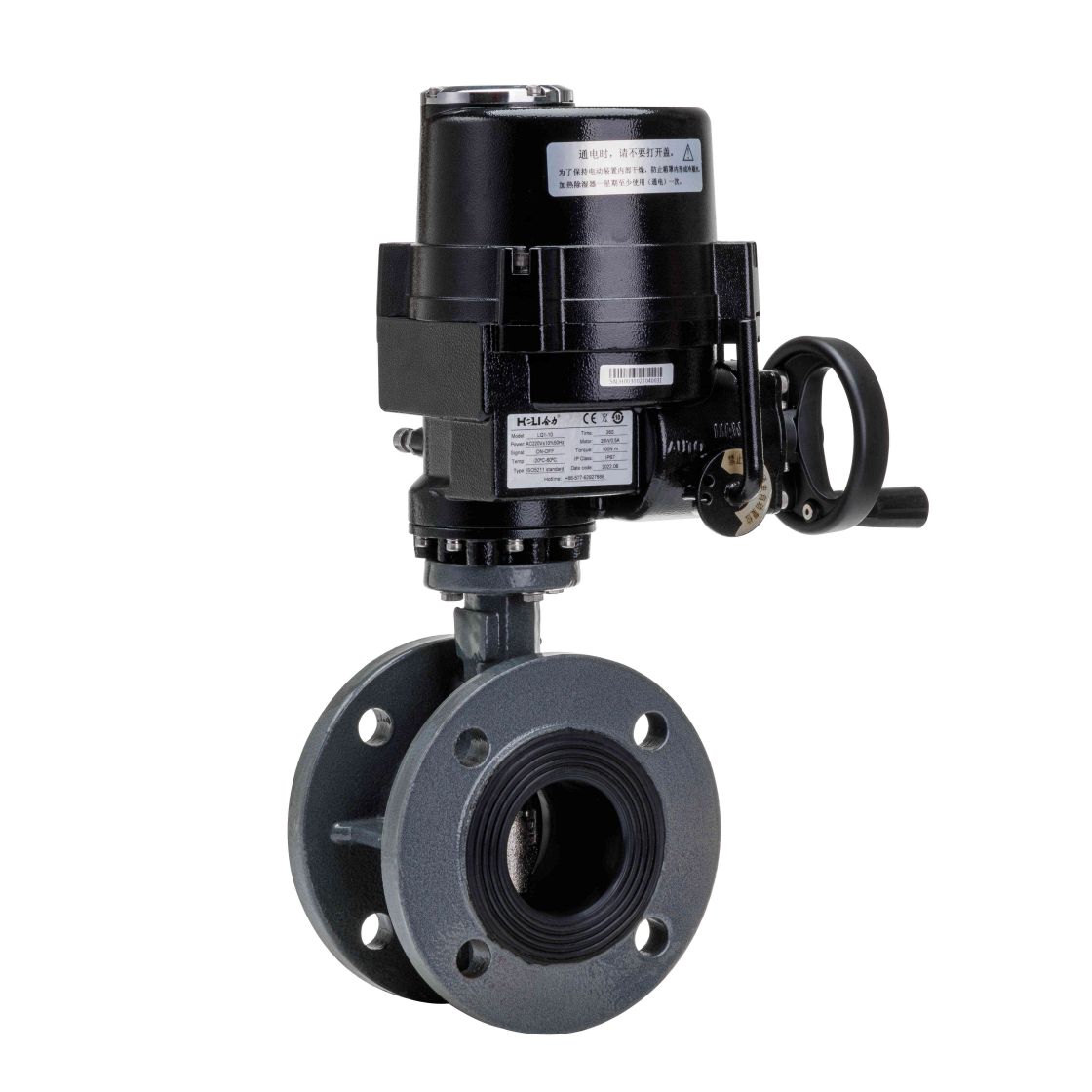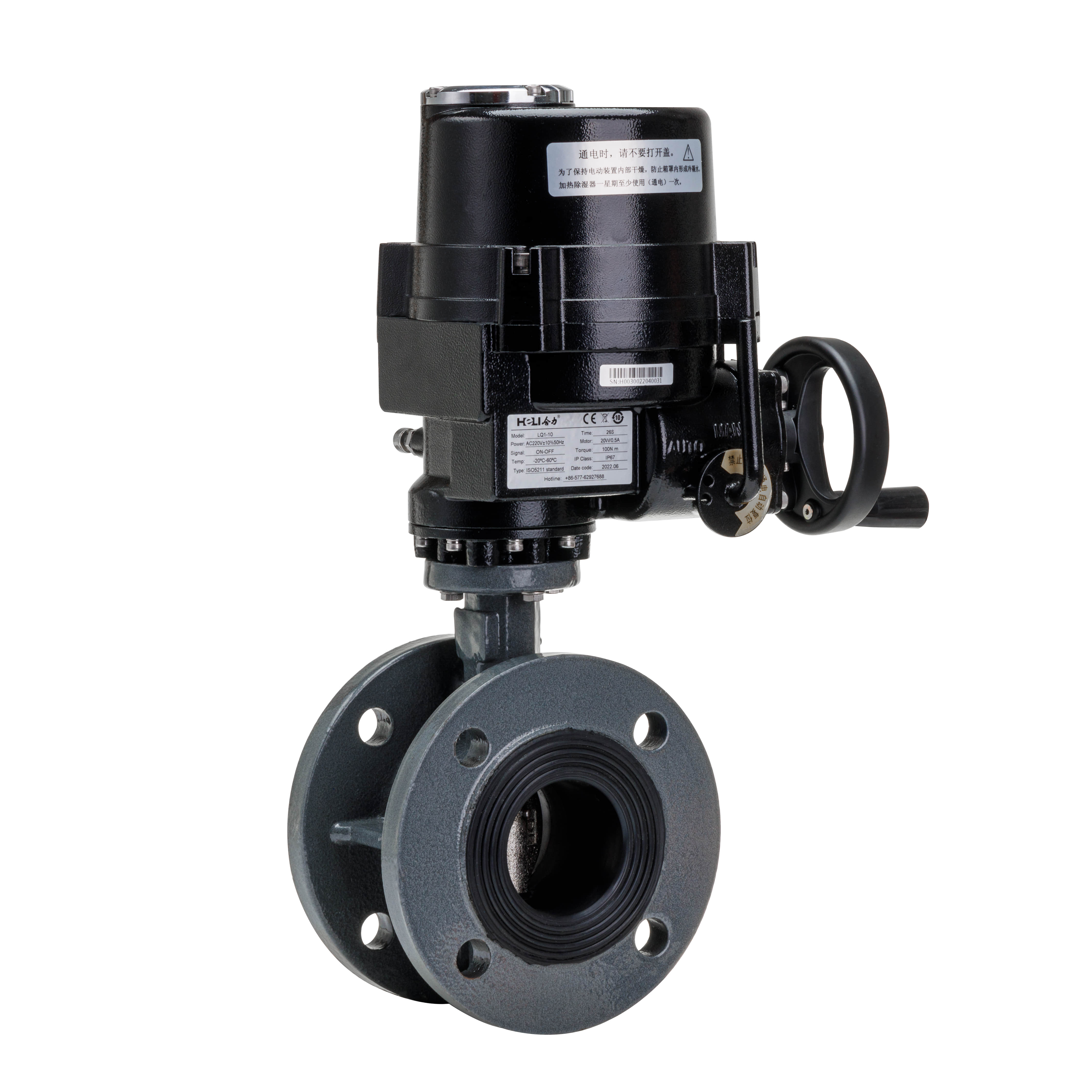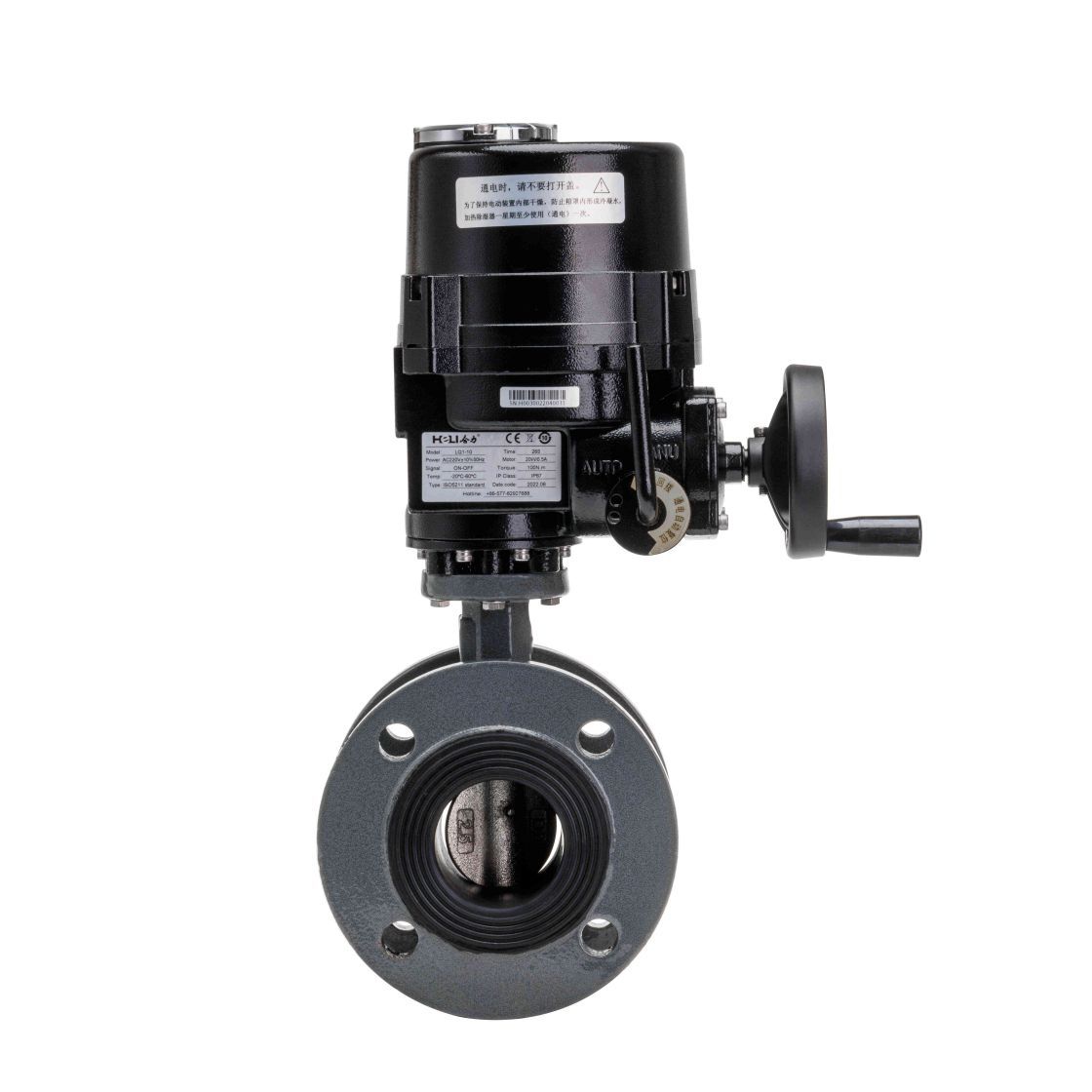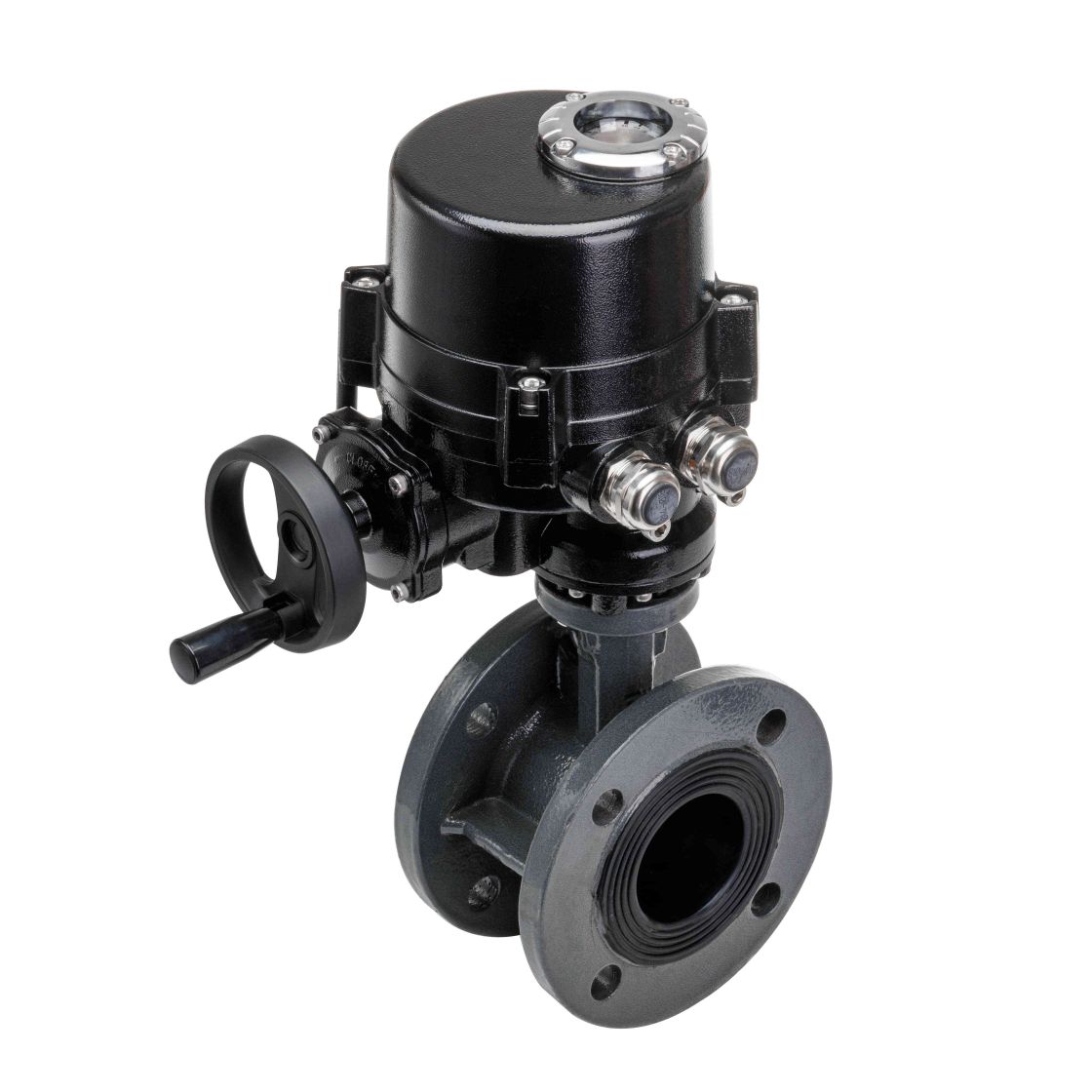
The WCB Electric Flange Ball Valve is a critical component in various industrial applications where flow control, reliability, and remote operation are paramount. This valve type combines the robustness of WCB (Carbon Steel) material with the convenience and precision of an electric actuator, making it ideal for automated systems. This article delves into the design, features, applications, and advantages of the WCB Electric Flange Ball Valve, providing a comprehensive understanding of its role in modern industrial processes.

Material and Construction

WCB, or Carbon Steel, is a widely used material for manufacturing ball valves due to its excellent strength, durability, and resistance to high pressure and temperature. The WCB Electric Flange Ball Valve is crafted from this material, offering superior performance in demanding environments. The valve consists of a ball with a hole or port in the middle, which rotates within the valve body to control the flow of fluids. The inclusion of a flange on both ends of the valve allows for easy installation by bolting it securely to the pipeline, ensuring a tight and leak-proof seal. This design makes it highly adaptable for various piping configurations and applications.

